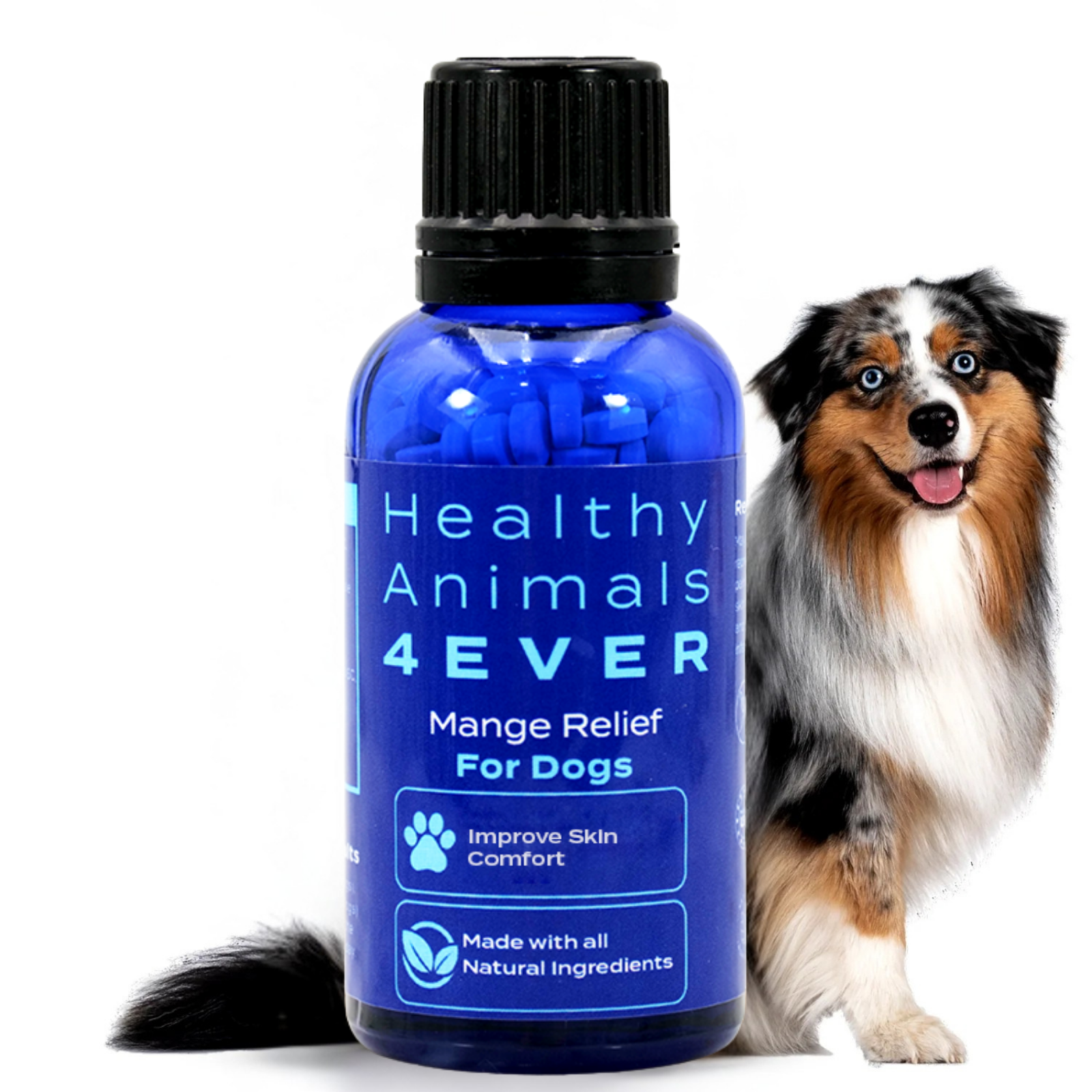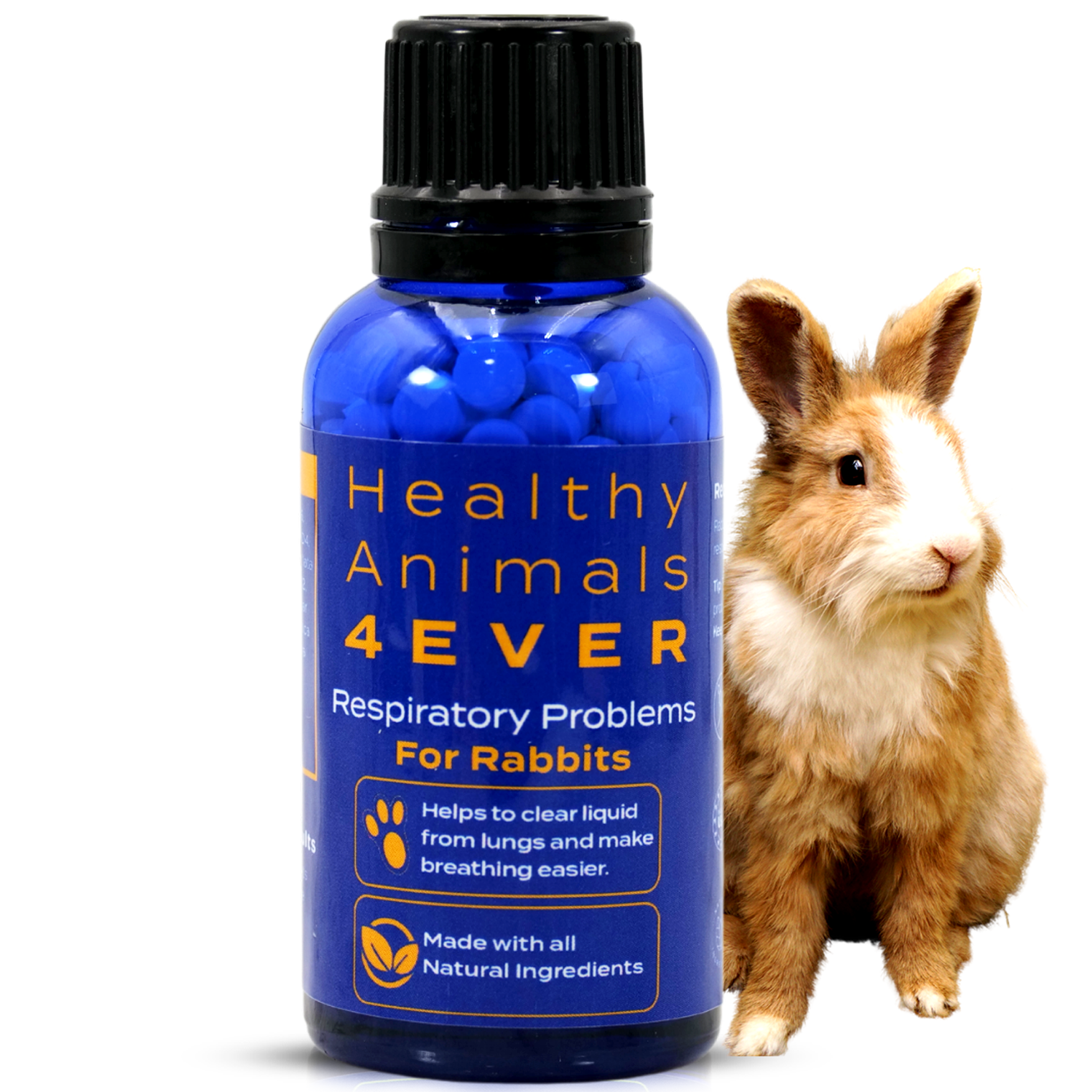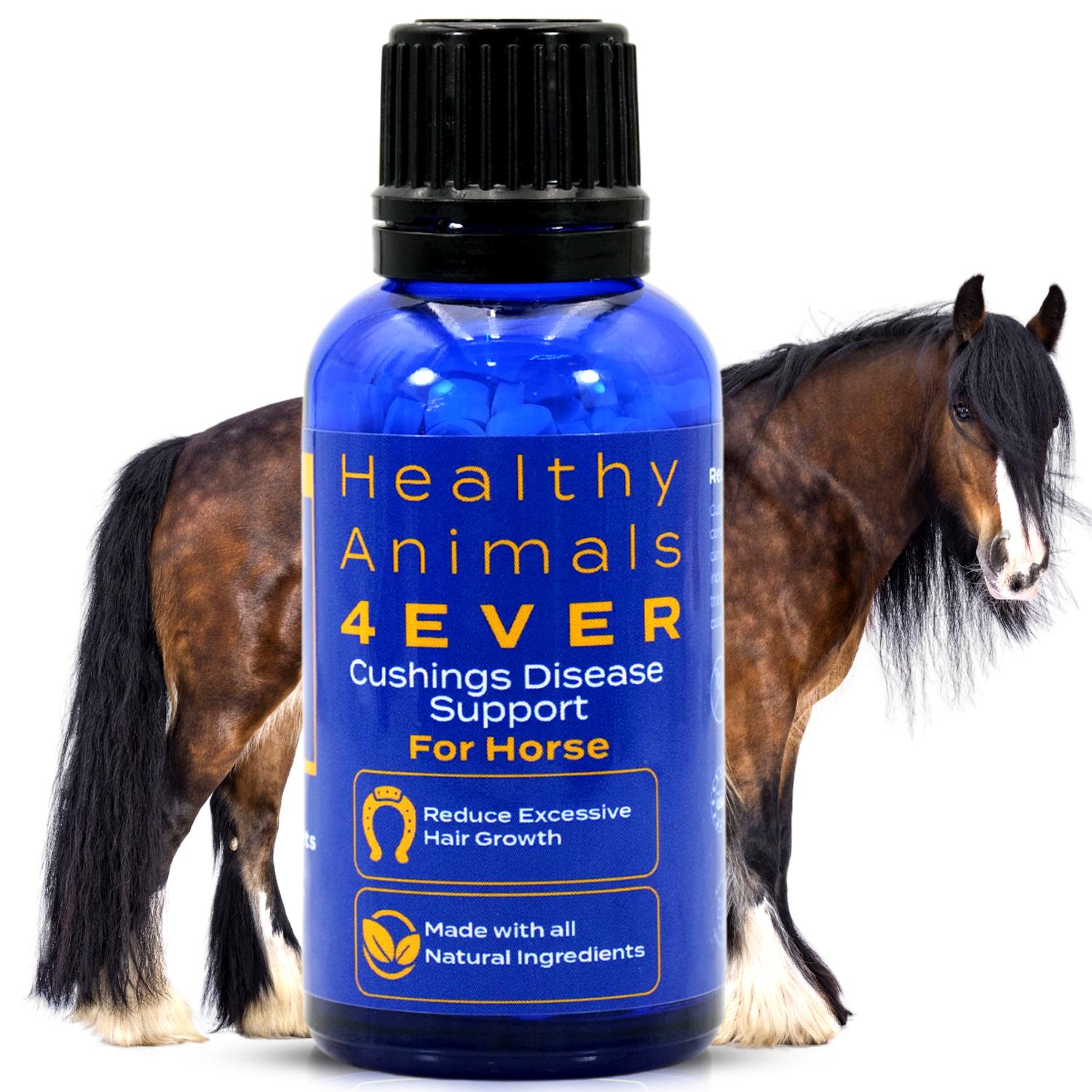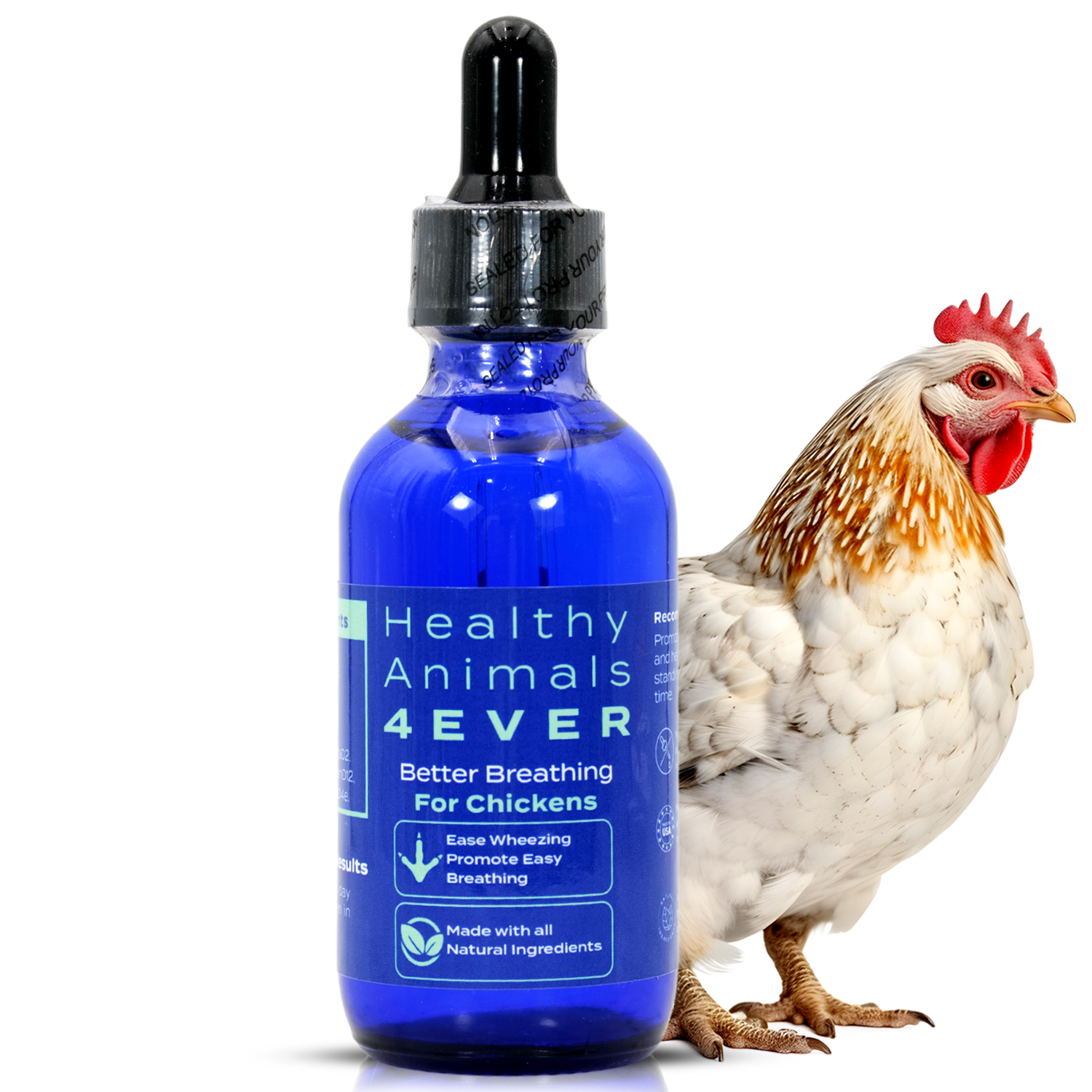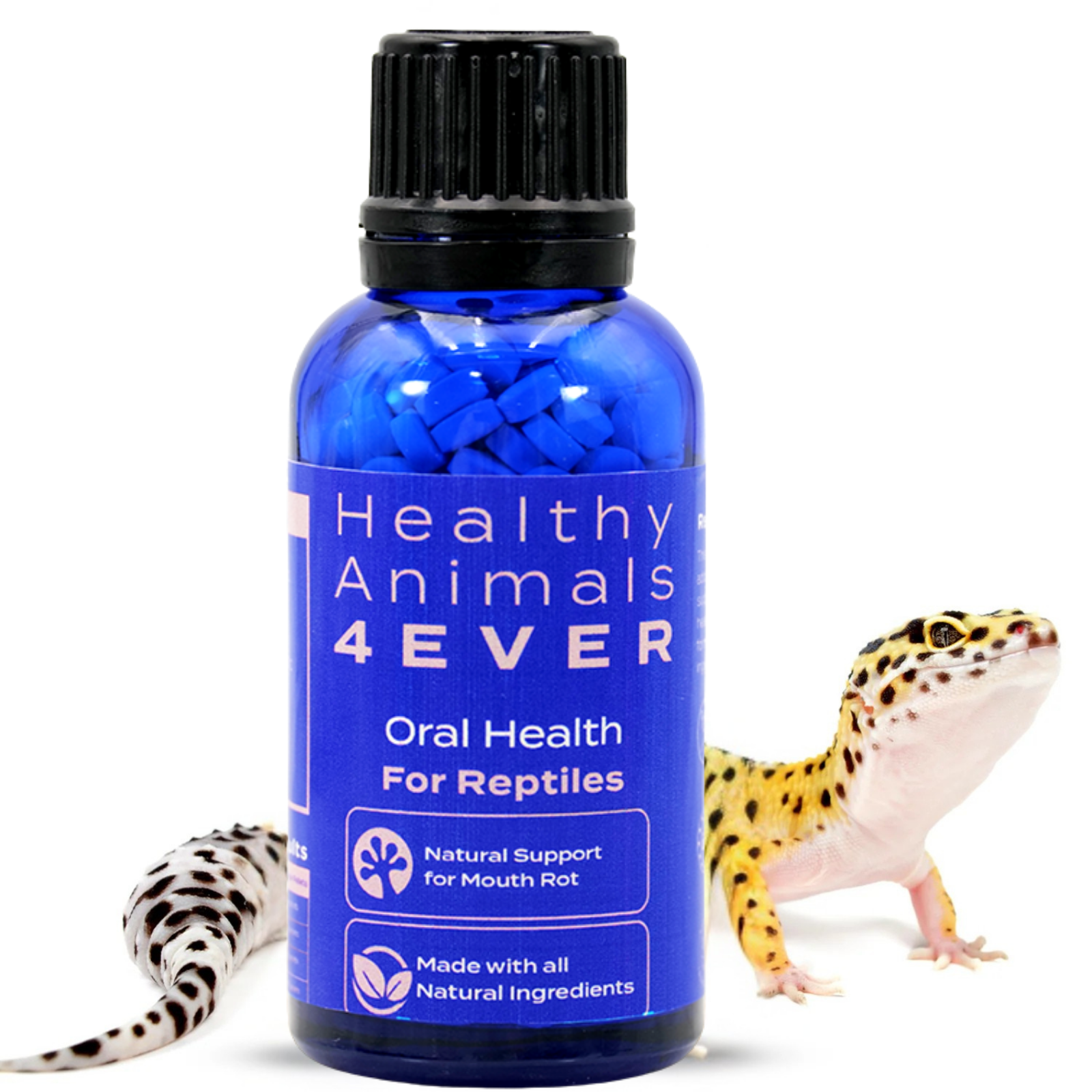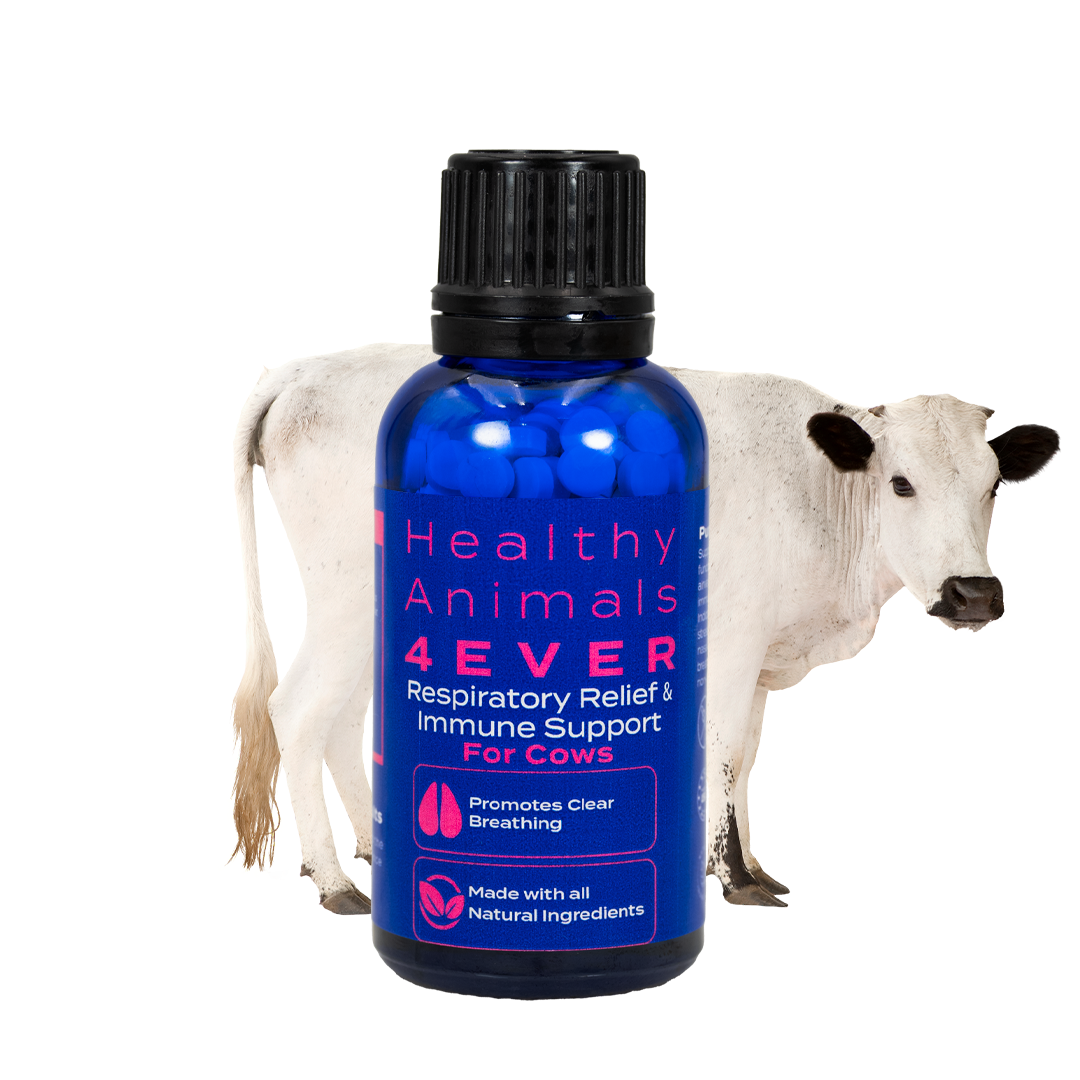A Complete Guide to Healthy Cat Teeth and Gums
When most people think about their cat’s health, oral care probably isn’t the first thing that comes to mind. But just like us, cats can develop dental issues that cause pain, infection, and even impact their overall health. The tricky part? They’re masters at hiding discomfort, so problems often go unnoticed until they’re pretty far along.
This guide is here to help you stay ahead of the game and support healthy cat teeth and gums at home. You're in the right place if you’re into natural health, looking for easy everyday tips, or just want to understand how to keep your cat’s teeth in good shape. We’ll break down feline dental health, explore both conventional and holistic care options, and give you simple steps to help your cat stay healthy and pain-free.
Oral Health Gum Healing is a natural remedy for gum disease and inflammation in cats. Promotes healing and optimal oral health. Aids in reducing pain. All-natural formula. Easy to use.
Understanding Feline Oral Health
Let’s start with the basics: what’s actually going on inside your cat’s mouth?
Cats may look all cute and cuddly on the outside, but their mouths are kind of intense. They’ve got sharp teeth designed for hunting and tearing meat, and just like us, they can develop plaque, tartar, and all sorts of dental issues if things aren’t kept in check.
One of the most common issues in cats is gingivitis, which is inflammation of the gums. If left untreated, it can progress to periodontitis, which affects the tissues and bone supporting the teeth. And then there’s tooth resorption, which is surprisingly common in cats; it’s when the body starts breaking down the structure of a tooth. You won’t always notice it until it’s advanced because cats are very good at hiding pain.
Here’s the thing: your cat’s mouth health doesn’t just stay in the mouth. Bacteria from dental disease can enter the bloodstream and potentially affect the heart, liver, and kidneys. That’s why keeping their teeth and gums healthy is key for whole-body health.
Unfortunately, dental disease is super common in cats; most cats show signs of it by age three. However, it’s preventable with the proper care, even if your cat already has dental problems going on!

Conventional Oral Care Methods
If you’ve ever tried to brush your cat’s teeth and walked away with scratches and a grudge match pending, don’t worry. There are multiple ways to clean your cat’s teeth, and brushing is just one of them.
Let’s start with the gold standard: brushing. And how often should you brush your cat's teeth? Ideally, you’d brush your cat’s teeth every day, but let’s be honest, realistically, a few times a week is a win. Use a toothbrush made for cats (they're smaller and softer), and never use human toothpaste. Most human toothpastes contain ingredients like xylitol or fluoride that are toxic to cats. Go for a vet-approved enzymatic toothpaste instead; there are even flavors like poultry or seafood that some cats actually tolerate.
Now, if brushing just isn’t happening, don’t panic. There are dental treats and chews designed to help reduce plaque buildup. Look for ones with the VOHC (Veterinary Oral Health Council) seal, meaning they’ve been tested and shown to make a difference.
Another option? Dental diets. Some dry foods are specially formulated to help scrub the teeth while your cat chews. Again, VOHC-approved products are the way to go here. But keep in mind, diet alone isn't a magic fix; it should be part of a bigger routine.
Then there’s the professional cleaning route. This is done under anesthesia by a vet and is one of the most effective ways to deal with tartar and gum disease. The vet can scale and polish the teeth, take dental X-rays (super important!), and even extract teeth if needed. It's especially recommended if your cat shows signs of dental disease. These signs include bad breath, red gums, drooling, or avoiding food.
Better Breath is a natural bad breath remedy for all cats. Helps with bad breath issues. Promotes mouth & fluid balance and comfort. It may help reduce inflammation. All-natural formula. Easy to use.
Oral rinses and gels can also be added to your routine. Some are antibacterial, helping to reduce the bacteria in your cat’s mouth without needing to brush. They’re not always a substitute for mechanical cleaning, but they can help a lot, especially when paired with brushing or dental treats.
So while it might seem overwhelming at first, you don’t have to do everything to make a difference. The key is consistency and finding a combination that works for both you and your cat. Even doing one or two things regularly can really help protect your cat’s health in the long run.

Natural and Holistic Dental Care Options
If you lean toward natural health in your own life, it makes total sense to want the same for your cat. And quite a few holistic approaches can support your cat’s dental health, either on their own or alongside more conventional care.
Let’s start with the basics: diet. One of the biggest influencers of oral health is what your cat eats. Many people assume dry kibble is better because it "scrapes the teeth", but that’s a bit of a myth. Most kibble breaks apart too easily to offer much in the way of dental cleaning.
What really helps? A species-appropriate diet, especially one with raw or gently cooked meat. Some people include raw meaty bones (like chicken necks or wings) to help naturally clean cats' teeth. But you’ve got to be careful. The bones need to be raw (never cooked, or they can splinter), and you should only give them under supervision. Not every cat will go for them, but they’re a game changer for some.
All Digestive offers natural digestive support for cats. Helps with stomach upset, diarrhea, and gastritis. It aids in restoring digestive balance and your pet's comfort. All-natural formula. Easy to use.
You can also support your cat’s mouth with safe herbs. For example, parsley is known for its breath-freshening properties and mild antibacterial action. A tiny bit finely chopped into food can be helpful. Turmeric has anti-inflammatory benefits and may support gum health, but again, moderation is key, and always check with your vet to ensure it’s suitable for your cat.
Some pet parents use natural dental sprays or rinses, often made with gentle ingredients like aloe vera, grapefruit seed extract, or herbal blends. These can help reduce bacteria and freshen breath without the need for brushing. Make sure any product you choose is specifically made for cats, since their systems are more sensitive than dogs’.
Then there are chewing options like dried fish skins, dehydrated raw treats, or even toys designed for dental use. These aren’t just great for their teeth but also mentally stimulating. Just be sure they’re not overly hard or likely to break a tooth (so maybe skip the deer antlers or anything rock-like).
Holistic oral care is all about balance. You’re working with your cat’s body, supporting natural processes and reducing harmful bacteria gently and consistently. It might take some experimentation to find what works for your cat, but once you do, it can make a huge difference.

Natural Supplements and Remedies
When it comes to supplements and natural remedies, a whole world of options can support your cat’s dental health from the inside out. These aren’t meant to replace things like brushing or regular check-ups, but they can be powerful tools in your overall routine.
One of the most popular and easy-to-use remedies is coconut oil. It’s naturally antibacterial and anti-inflammatory, making it great for teeth and gums. Some people rub a small dab on their cat’s gums or even let their cat lick a bit off a spoon. Just don’t go overboard; it’s rich in fat and calories, so a tiny amount goes a long way.
Another helpful supplement is CoQ10 (Coenzyme Q10). This antioxidant supports gum tissue and can help reduce inflammation in the mouth. It’s often used in people and pets for oral and heart health. You can find pet-safe versions, usually in liquid or softgel form, and they’re typically added to food.
Probiotics are also worth considering. While we usually think of them as beneficial for gut health, they can also positively affect oral health. A healthy microbiome in the mouth means fewer harmful bacteria that can cause plaque and gum problems. Look for probiotics formulated specifically for pets, some even come with added enzymes or dental support ingredients.
Then there are seaweed-based powders, like those made from Ascophyllum nodosum. These are becoming more and more popular in the natural pet care world. The idea is that compounds in the seaweed help reduce plaque and tartar buildup systemically, through saliva. You just sprinkle a little onto your cat’s food daily. It’s not a quick fix, but many people see improvements with consistent use.
Just like with humans, hydration also plays a subtle but essential role. Cats often don’t drink enough water, especially if they eat mostly dry food. This can lead to a dry mouth, a perfect environment for bacteria to thrive. Encouraging your cat to drink more (with a water fountain or adding moisture-rich foods) can indirectly support better oral health.
As always, when introducing anything new, you should check in with your vet or a holistic veterinarian. Cats are sensitive little creatures; even natural things can be harmful in the wrong dose or form.

Preventive Care Tips
Consistency is essential when it comes to healthy cat teeth and gums. The earlier you start, the easier it is to prevent bigger issues down the road and the less likely you'll end up dealing with costly (and stressful) dental procedures later on.
First off, let’s talk about creating a routine. You don’t need to go overboard and turn it into a full dental spa day, but even a few minutes a couple of times a week can make a big difference. Find something that works for both of you and stick with it. It can be brushing, applying a natural gel, or offering a dental treat after dinner. Most cats are creatures of habit. If you work these steps into their daily rhythm, they’ll start to expect them (and maybe even enjoy the attention).
Doing regular mouth checks at home is a smart habit, too. You don’t need to be a vet to spot early warning signs. Every week or so, peek inside their mouth and look for red or swollen gums, yellow or brown buildup on the teeth, bleeding, drooling, or anything that smells really off. Bad breath in cats can be a sign of an infected tooth.
That said, don’t turn it into a battle. Make it low-stress. Gently lift their lip while they're relaxed, maybe when they’re snuggled on your lap or chilling after a meal. If they’re not into it at first, reward them afterward with a treat, affection, or playtime.
It also helps to create a calm environment around dental care. If your cat associates brushing or any mouth-related handling with stress, it will be tough to keep it going. You can build positive associations using treats, soothing tones, and short sessions. And remember that progress is progress, even if it’s slow. You might start by just touching their face and gradually work up to a quick brush over the teeth.
Instant Calm Lavender Stress Reducer provides natural stress and anxiety support for pets, helping them manage daily stressors and promoting a sense of calmness.
And lastly, be realistic. Not every cat will tolerate brushing or rinses, and that’s okay. The key is finding a mix of approaches that suit your cat’s personality and your lifestyle. Even small efforts, done consistently, go a long way toward keeping your cat’s mouth in good shape.

When to See the Vet
Now, as much as we all love the idea of handling things naturally and at home, there are times when it’s best to call in the pros. Cats are notoriously good at hiding pain and discomfort, so often by the time they’re showing apparent signs of dental trouble, things have already progressed.
It’s time to book a vet appointment if you notice:
-
Bad breath that smells foul or metallic
-
Red, bleeding, or inflamed gums
-
Drooling
-
Avoiding dry food
-
Chewing on one side of the mouth
-
Dropping food while eating
-
Reduced interest in meals or changes in eating habits
-
Pawing at the mouth or face
-
Swelling around the jaw or cheeks
-
Visible damage or discoloration on the teeth
-
Behavioral changes, such as being withdrawn, irritable, or hiding more than usual
When you take your cat in, a good vet will do a full oral exam, and if anything looks suspicious, they might recommend dental X-rays. These are super useful because many dental issues (like tooth resorption) happen below the gumline, where you can’t see them just by looking.
Professional cleanings are done under anesthesia, and while that can sound scary, they’re incredibly thorough and often the only way to deal with stubborn tartar or advanced gum disease. Your vet can also remove damaged teeth, which might seem drastic but often gives cats a huge quality-of-life boost. You’d be surprised how well a toothless cat can eat once out of pain.
Also, don’t hesitate to talk to your vet about it. More and more vets are open to holistic approaches and can help you find a balance that works, combining professional care with natural prevention methods.
Catching issues early, even during a regular checkup, can save your cat from a lot of discomfort and you from dealing with more serious (and expensive) health issues down the line.

Bottom Line
Supporting healthy cat teeth and gums doesn’t have to be complicated or overwhelming. A little consistency, patience, and a mix of the right tools can go a long way. The goal isn’t perfection; it’s progress.
By staying in tune with your cat, being proactive, and making oral care a regular (and low-stress) part of your routine, you’re setting them up for better health and a more comfortable life. And really, that’s what it’s all about: helping your cat feel their best, naturally and with love.


